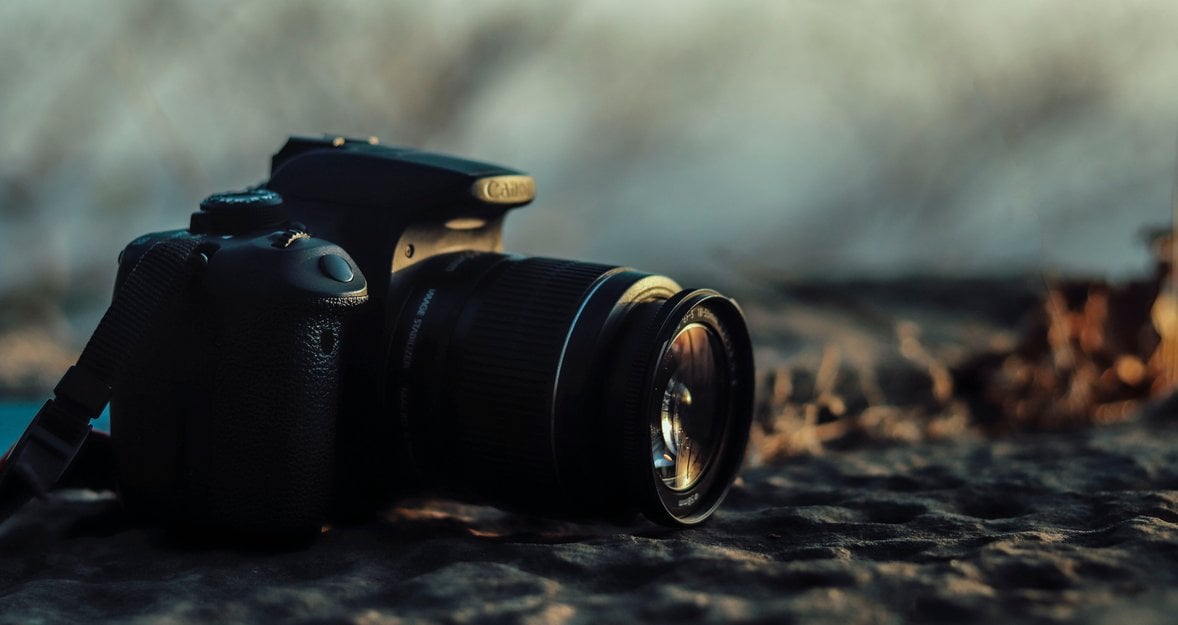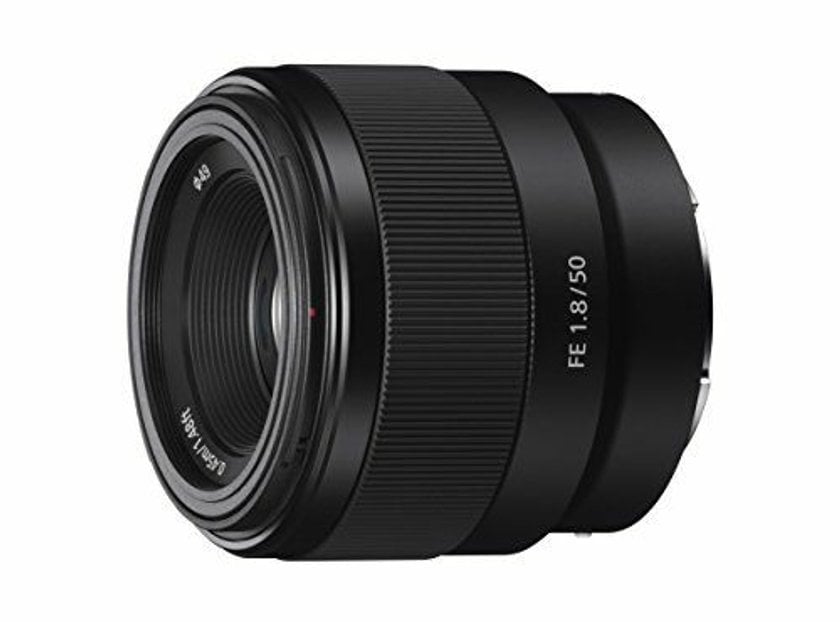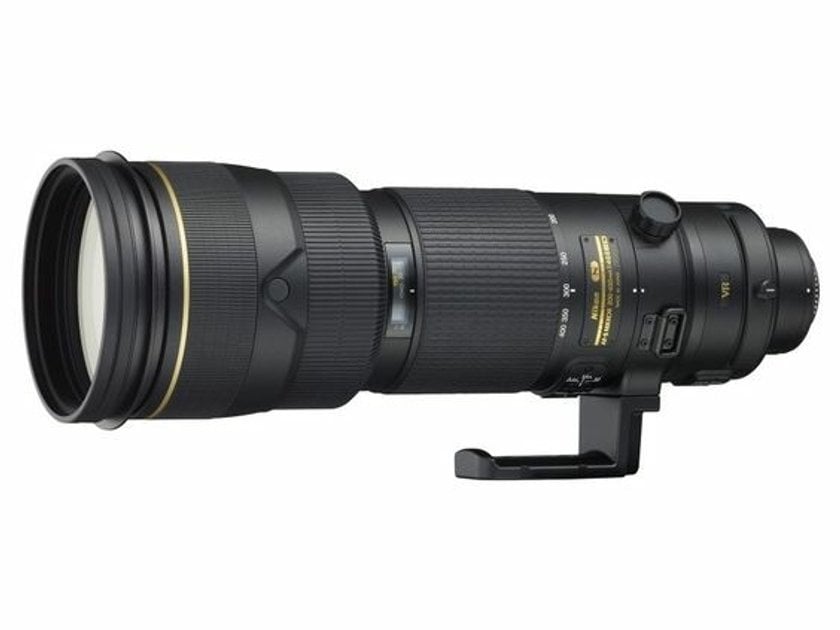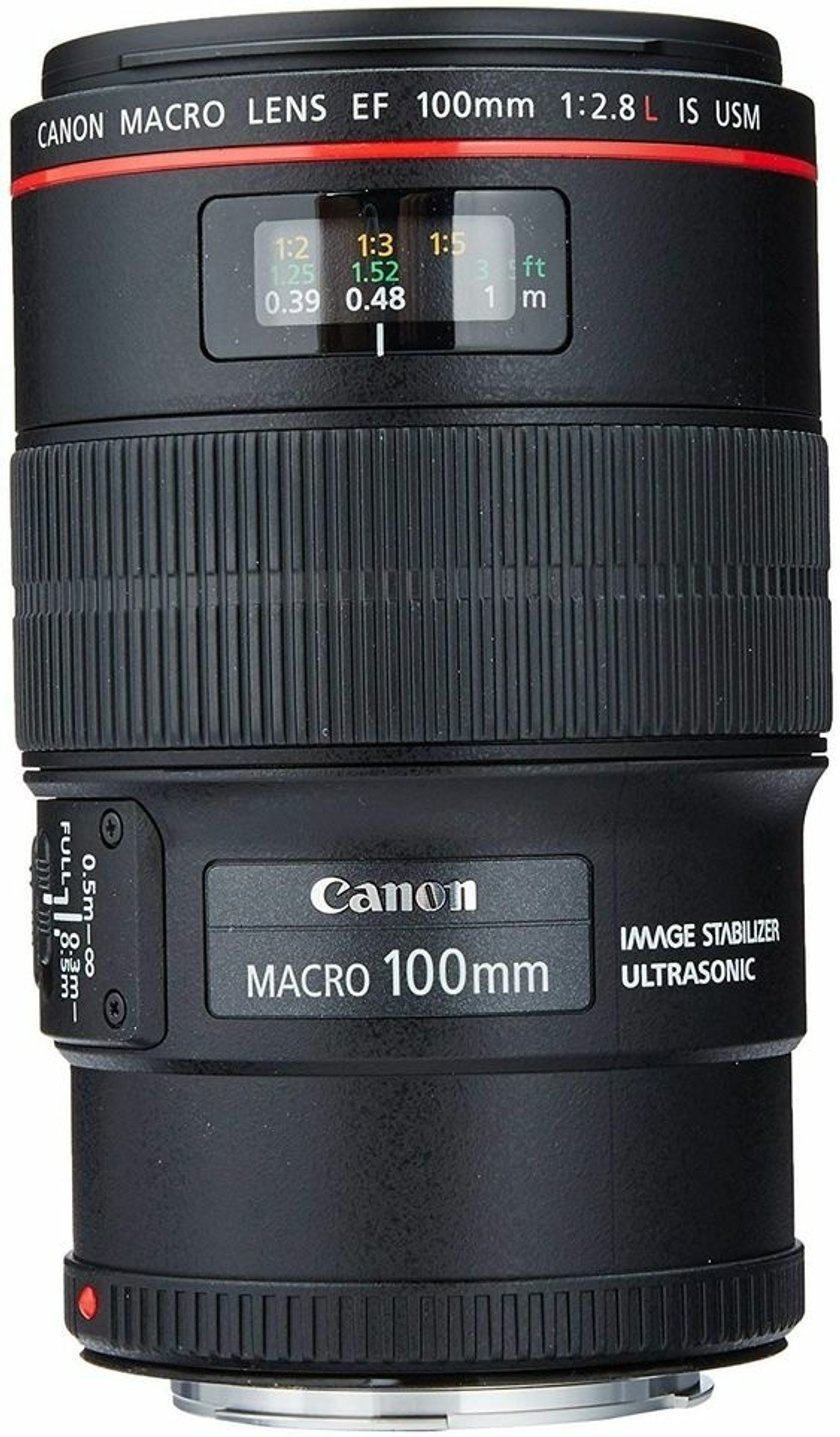What Is Focal Length In Photography?
July 02, 2023

Many photographers are passionate about their careers but need more knowledge about their cameras. Photography is an art; deciding the right camera or lens that is best for you is a crucial element in capturing a breathtaking photo. The focal length of a camera is also an essential element to consider.
In this article we will try to give you the answers to what is lens focal length and what does it mean, what millimeters in focal distance means, and the focal range for different lens examples. So you will know how it influences your photo and will be able to choose the right lens for you.
Focal Length Definition
The focal length of a lens is the distance from the point where light converges inside the lens to the digital sensor or film plane, expressed in millimeters. It is essential when choosing a lens because it dramatically influences the image magnification and quality. For example, a smaller millimeter focal length will produce a wide angle of view, while a higher millimeter will produce a narrow view.
Asides the magnification, focal length also affects the field of view and the depth of the field. All lenses are named by their focal length and will help you guide your purchase process.
How Is Focal Length Measured
The measurement of focal length is denoted in millimeters (mm). It gauges the lens's ability to magnify an image. Specifically, it quantifies the distance between the optical center of the lens and the central plane of the resulting image.
This measurement is taken from the point where converging light rays form a clear depiction of the subject to the digital sensor situated at the focal plane. Achieving focus at infinity is necessary to ascertain the precise focal length. Consequently, the focal length value determines both the angle of view and the degree of magnification.
Read Also: Focus stacking software
Lens Vs. Camera Focal Length
Camera lenses and zoom capabilities are separate yet interrelated elements. The focal length of a lens denotes the distance between the lens and the focused point in an image. Conversely, the focal length of a camera pertains to the distance between the sensor and the center of the lens. The lens's focal length significantly influences the range of a scene that a photographer can capture. A longer focal length enables a closer perspective, similar to zooming in, while a shorter focal length offers a wider field of view, akin to zooming out.
Classifications Of Focal Lengths
Camera lenses play a vital role as the "eyes" of a camera, and they come in a variety of focal lengths. Each focal length offers distinct effects on your images. These lenses can be categorized into different types, including zoom lenses (also known as camera lens zoom), prime lenses (also referred to as camera lens prime), wide-angle lenses, macro lenses, telephoto lenses, and standard lenses.
Wide-Angle Lens
A wide-angle lens has an equivalent focal length that is wider than standard lenses, usually 14 mm to 35 mm. Landscapes and cityscape photographers often use wide-angle lenses. It’s important to note that the shorter the focal length you choose, the wider the angle of view you will capture. If you are trying to capture viewers' attention in your photos, this is the best focal range for you, and the most exciting part is that you can capture both far and near objects. Capture more of the scenery and create a vivid memory with a wide range.
Also read: Focus Stacking in Photography: Share Secrets of Making Images Sharp
Standard Lens
Standard lenses use focal lengths between 35 mm and 70 mm. However, 50 mm is generally considered as the fox all length that closely approximates to humans field of view. The standard lens closely resembles the natural human viewpoint and gives the most realistic appearance. The standard lens has a focal range that can isolate a subject from its background. Standard lenses are very flexible and can capture almost every type of photography.

Telephoto and Super-Telephoto Lens
A telephoto lens is a type of camera lens characterized by its longer focal length, typically ranging from around 100mm up to 600mm and beyond. These lenses are well-suited for various photography genres such as wildlife, astrophotography, capturing stars, and sports photography. Telephoto lenses excel at capturing explicit details from a distance while also providing a shallow depth of field, drawing attention to the essential elements of the subject.
On the other hand, a super-telephoto lens goes beyond the standard telephoto range, with focal lengths usually starting at 400mm and extending further. Super telephoto lenses find their primary use among sports and nature photographers who require capturing shots from considerable distances. These lenses tend to be large and heavy, often necessitating the use of tripods for added stability. The best super telephoto lenses offer a wide maximum aperture, enabling the capture of stunning images even in low-light conditions.

Macro Lens
A macro lens is specifically designed for close-up photography of small subjects. A macro lens allows the photographer to project a much higher degree of sharpness and details of small subjects. A macro lens enables you to maintain an appropriate and, most time, safe distance from the subjects, especially when photographing wild insects or even poisonous plants.

Focal Length Comparison
When comparing focal length, the primary determinant is how much detail you want to get in your photos and the distance from your subject. Lenses come in two types; the prime lens and the zoom lens. They both explore different fields of view.
Zoom Vs. Prime Lens
Both zoom and prime ones are incredible types of camera lenses. However, when deciding between a zoom and a prime lens, it’s essential to know what genre of photography you want to venture into or the nature of the gig you will be working on, and the result you are trying to achieve. A zoom lens allows for variation of the optical magnification; you can quickly zoom in or out to different types of focal lenses without physically touching or moving the lens. An example is a 24-70mm f/2.8 zoom lens, it has a focal length that ranges between 24-70mm, and you can change between any comfortable doc all lengths of your choice.
Also read: What Are Megapixels And Their Impact On Photo Quality
Prime lenses excel in delivering sharp and high-quality images, thanks to their wide aperture. Unlike zoom lenses, prime lenses cannot adjust their focal length or zoom in and out. They possess a fixed focal length, such as a 50mm f/1.8 lens that remains constant and unchangeable. These lenses are particularly well-suited for portrait photography, but they may not be as convenient for telephoto or event photography, where capturing rapidly moving subjects from a significant distance is necessary.
Prime lenses offer several advantages over zoom lenses, despite being more affordable. They are lightweight, possess larger apertures, and produce sharper images compared to zoom lenses. On the other hand, zoom lenses tend to have smaller apertures and are relatively larger in size compared to prime lenses. While zoom lenses are often recommended and widely chosen by many photographers, it's important to consider your specific photography genre and your desire to explore your creative potential when selecting your preferred lenses.
Read Also: Understanding Hyperfocal Distance
Advantages of Zoom Lenses:
- Versatility: Zoom lenses offer the convenience of adjusting the magnification without the need to switch lenses.
- Affordability: Zoom lenses are relatively cost-effective.
- Wide focal length coverage: They encompass a broad range of focal lengths.
Disadvantages of Zoom Lenses:
- Optical performance: Zoom lenses may not deliver optimal optical sharpness.
- Slower speed: Compared to prime lenses, zoom lenses tend to have slower aperture values.
- Weight and portability: Zoom lenses are generally heavier and less travel-friendly than prime lenses.
Advantages of Prime Lenses:
- Lightweight and portable: Prime lenses are easy to carry due to their compact size and weight.
- Larger aperture: They have wider maximum apertures, making them suitable for low-light shooting with improved focus.
- Shallow depth of field: Prime lenses excel at creating a pleasing shallow depth of field effect.
- Cost-effectiveness: Prime lenses are often more affordable, making them a practical choice for those on a budget or starting their photography journey.
Disadvantage of Prime Lenses:
- Limited versatility: With prime lenses, you are restricted to a single fixed focal length.
- Multiple lenses for different magnifications: To capture different magnifications, you would need to carry multiple prime lenses.
- Narrow or wide-angle limitations: Prime lenses may not cover a wide range of angles of view, limiting your options for comprehensive or narrow-angle shots.
Read Also: AI image editing
FAQ
1. What Does mm Mean in Lenses?
It’s a unit of measurement used to express the focal length of a lens. The focal length reflects the expanse between the lens and the image sensor when an object is focused.
2. Focal Length Differences
Focal length is the distance between the lens and the film. It determines the magnification and angle of view of the captured image.
- A short focal length provides a wider field of view and is suitable for capturing extensive scenes and working in confined spaces.
- Medium one offers a more realistic perspective, making them versatile for various types of photography.
- Long one has a narrower angle of view, allowing you to capture details from afar.
Your choice ultimately depends on the visual effect you want to achieve.
3. Camera Lens Explained
It’s an optical device that focuses light onto the camera's film. This allows for the formation of sharp and clear images.
The camera lens comprises the focal length, aperture, manual focus, and sometimes autofocus. Each has a role to play in creating fantastic art.
4. What is Focal-length Photography
Focal length is a standard feature of lenses used in photography. Your choice of focal length relies on your creative vision and the specific requirements of the subject being photographed.
Experimenting with many focal lengths helps you achieve the best result and convey your artistic intent.
5. What Does Focal Length Mean?
The focal length is the distance between the mirror or your lens and the image sensor. It is usually measured in millimeters (mm) and affects your image's magnification and angle of view.
6. Long Vs. Short Lens
Many photographers have tried to compare longer lenses vs short lenses, although both are good and can each create magic. Here is why you might consider using a longer lens over the short ones:
- Longer lenses are perfect for portrait photography. It gives a more pleasing perspective and captures your subject's face without having to come too close.
- When you have a sports project to cover, longer lenses will allow you to capture the entire event from a distance.
- Suppose you love the night sky, the stars, and the moon. A longer lens can make the night sky come alive.
- Longer lenses are suitable for wildlife photography; you want to be able to concentrate and capture a clear image without getting injured or too near a dangerous zone.
7. What Are The Different Focal Lengths Examples?
There are different focal lengths for different photography genres. The different focal length examples include; wide angle (14mm – 35mm), standard (35mm – 70mm), fisheye (4mm – 14mm), macro (35mm – 200mm), telephoto and super telephoto (100mm – 600+ mm). All the lens mm comparisons explained in this article are to help you make the best choice.
It’s important to note that the focal length we choose will always affect the final image.
About Luminar Neo
To embark on your photography journey, it is essential to acquire a camera that suits your preferences, along with a compatible lens. Additionally, gaining a grasp of the fundamentals of photography and familiarizing yourself with an AI photo editor can greatly facilitate and expedite your creative process. One such powerful AI tool is Luminar Neo, designed to enhance and transform your images.
Its capabilities encompass editing various aspects such as contrasts and colors, instilling a natural aesthetic into your creations, and offering extensive manipulation options to achieve breathtaking results. By utilizing Skylum's Luminar Neo, you can streamline your editing workflow and leverage its diverse features to elevate the quality of your photographs. In the event that an optimal focal length lens is unavailable, our AI-powered editing software can provide the finishing touches you desire.





